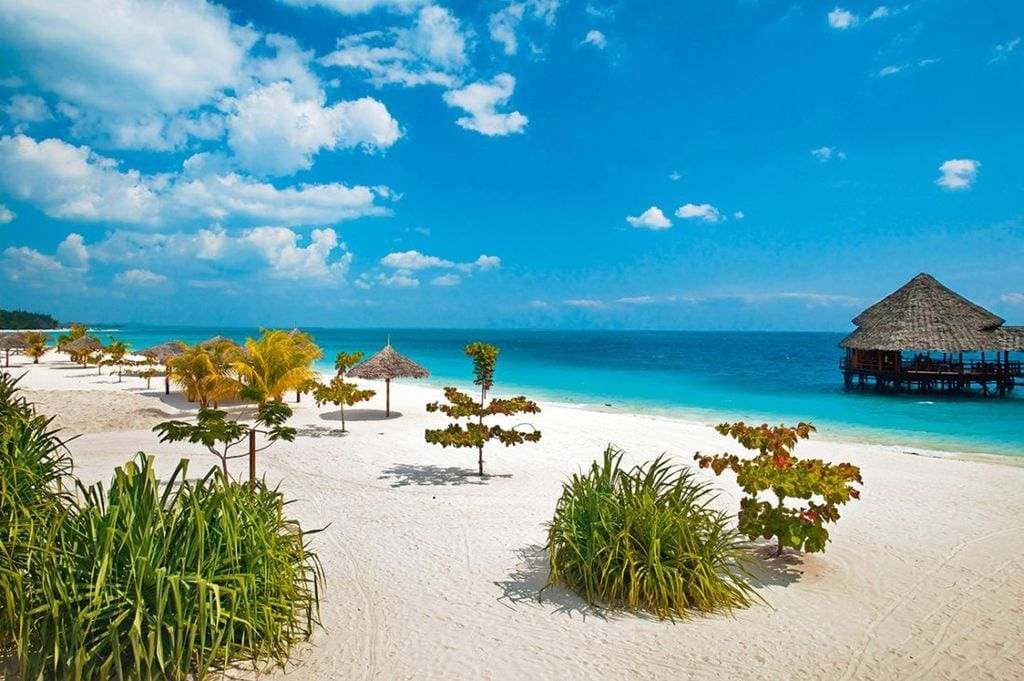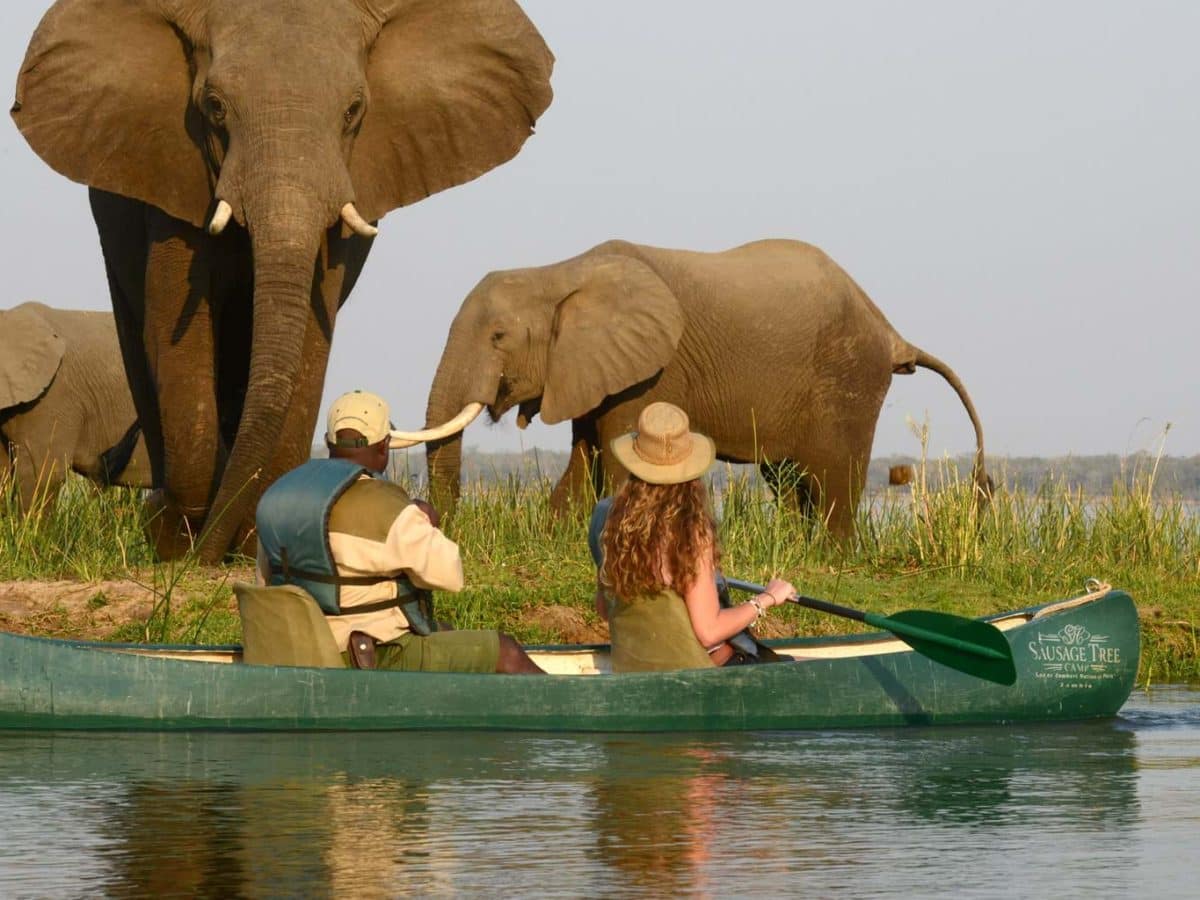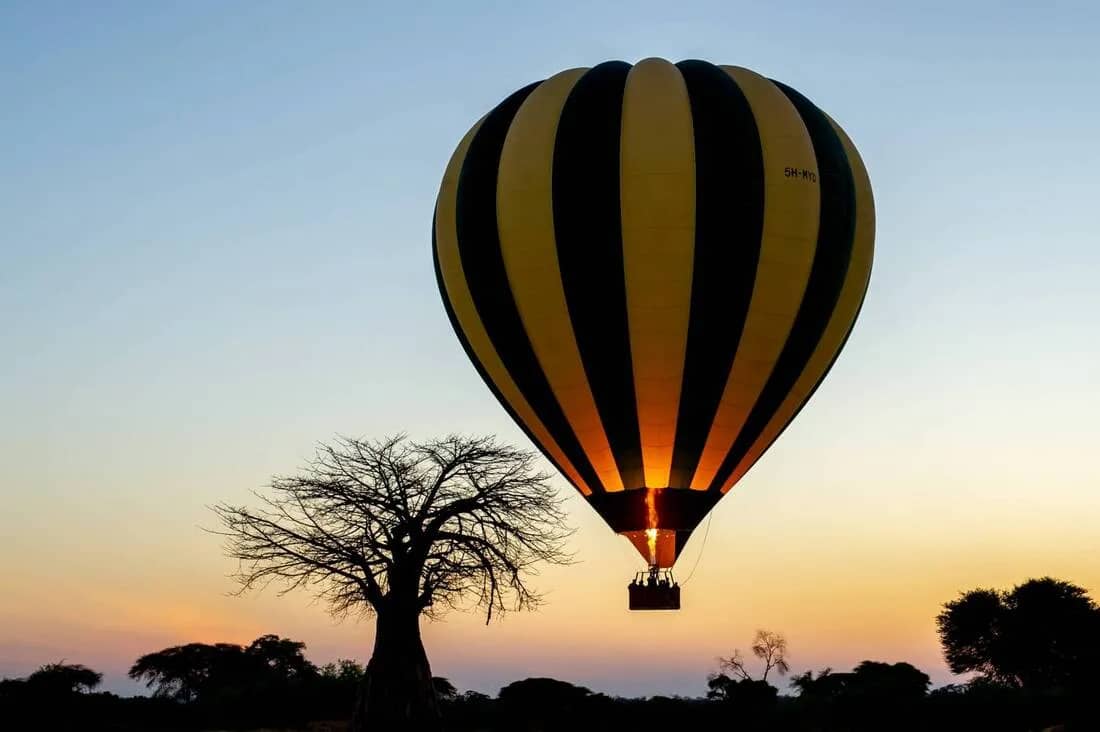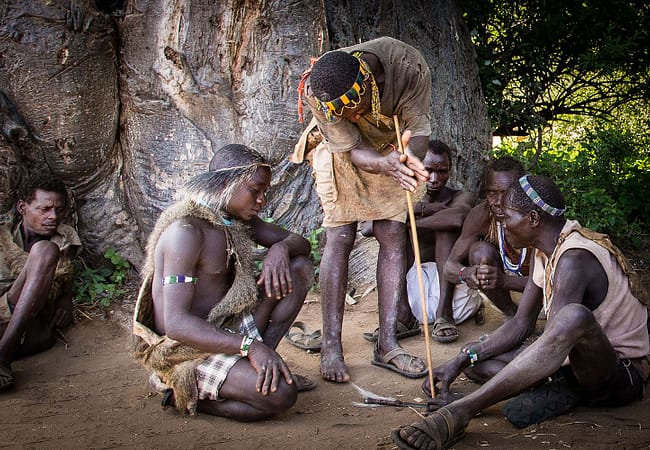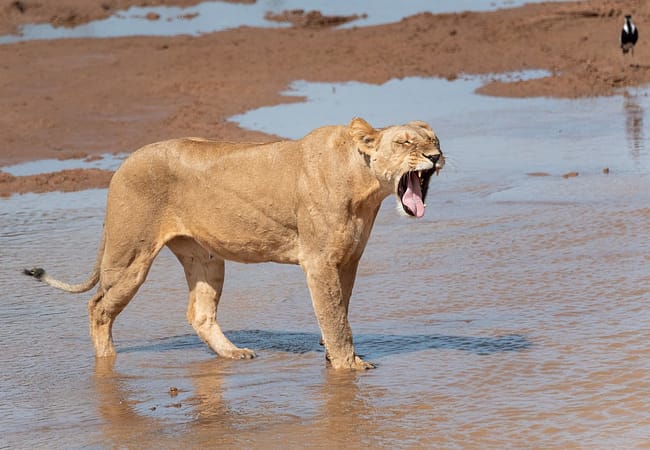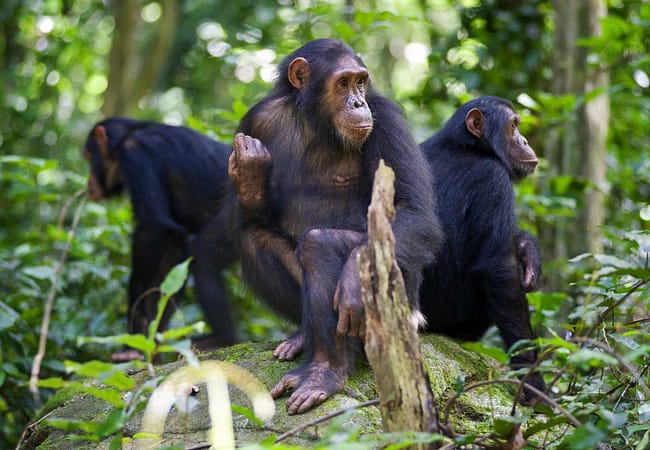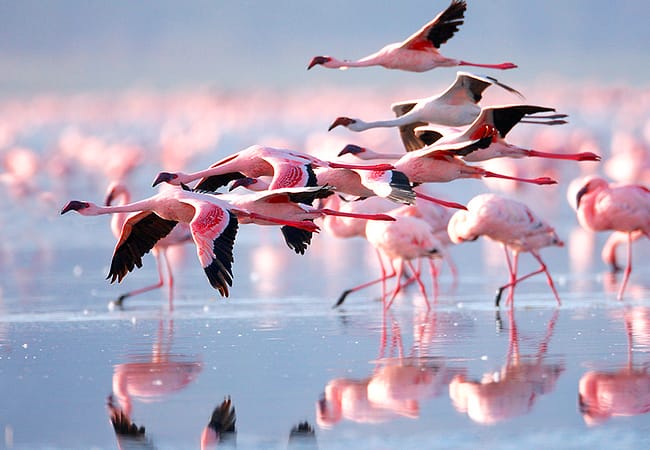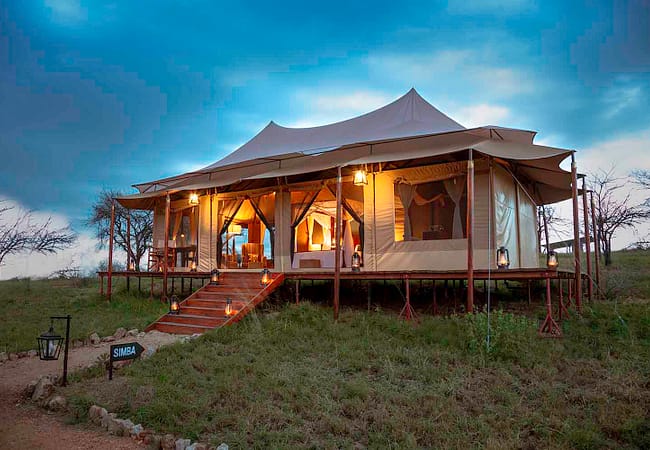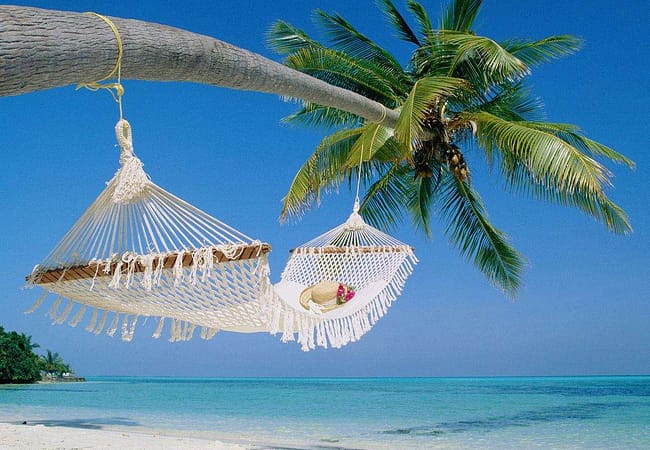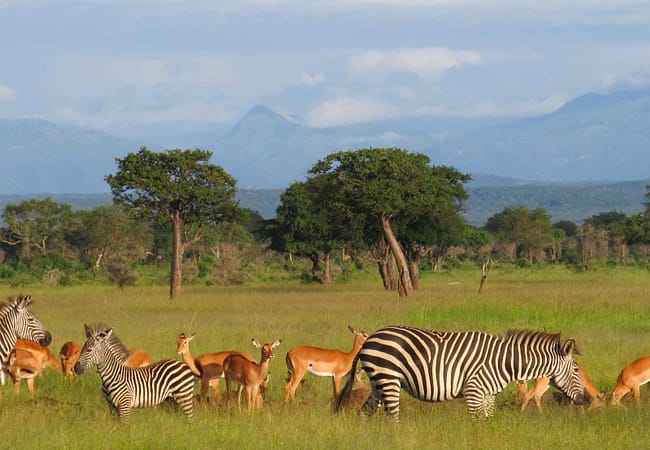Affordable Tanzania Tours
Discover the Enchantment of Ngorongoro Crater
Ngorongoro Crater, a UNESCO World Heritage Site located in northern Tanzania, is one of the most spectacular natural wonders in Africa. Known for its incredible biodiversity, dramatic landscapes, and rich cultural history, the Ngorongoro Crater offers an unparalleled safari experience. This article will provide a comprehensive guide to exploring Ngorongoro Crater, highlighting its key attractions, diverse wildlife, and essential travel tips for an unforgettable visit.
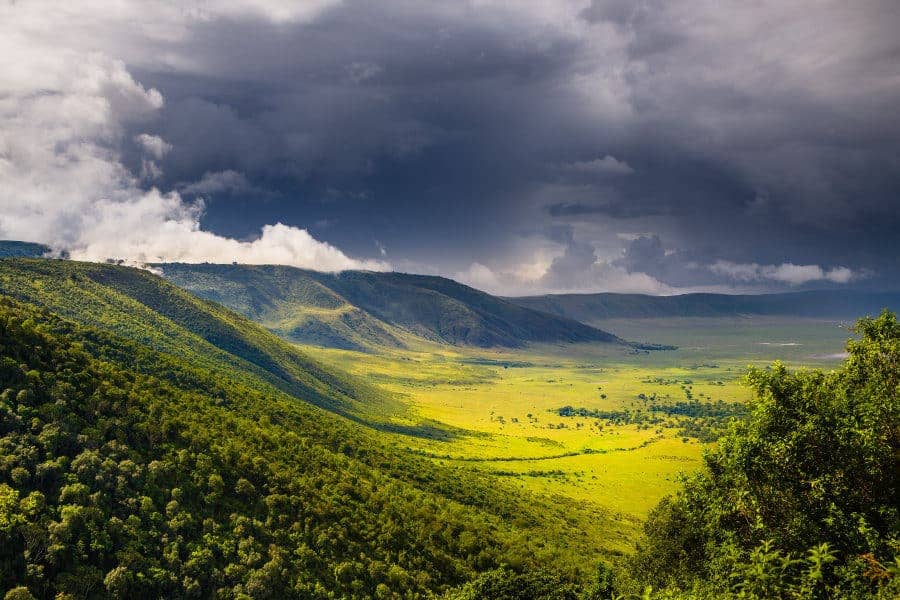
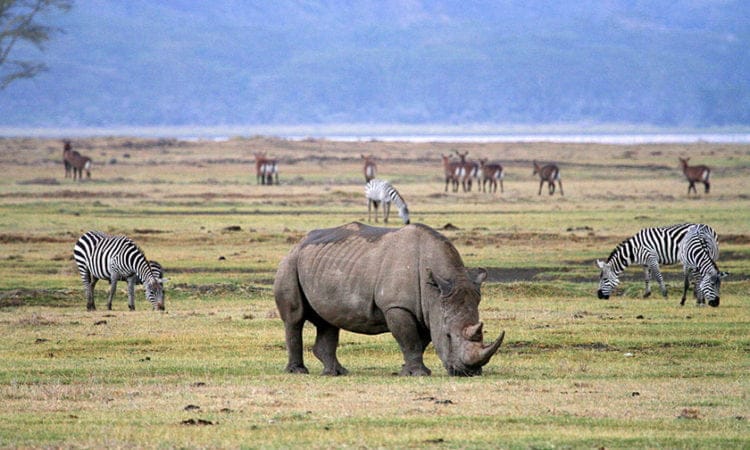
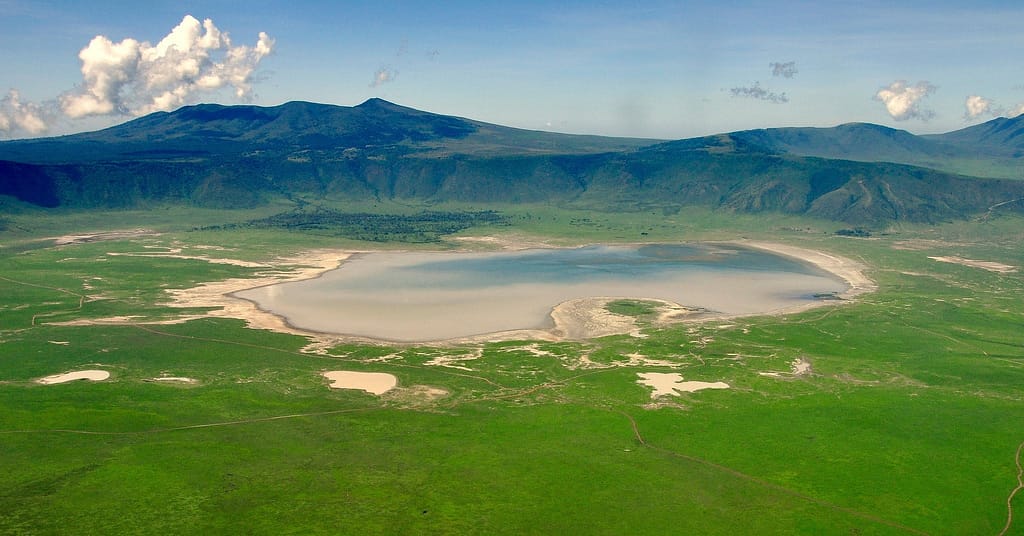
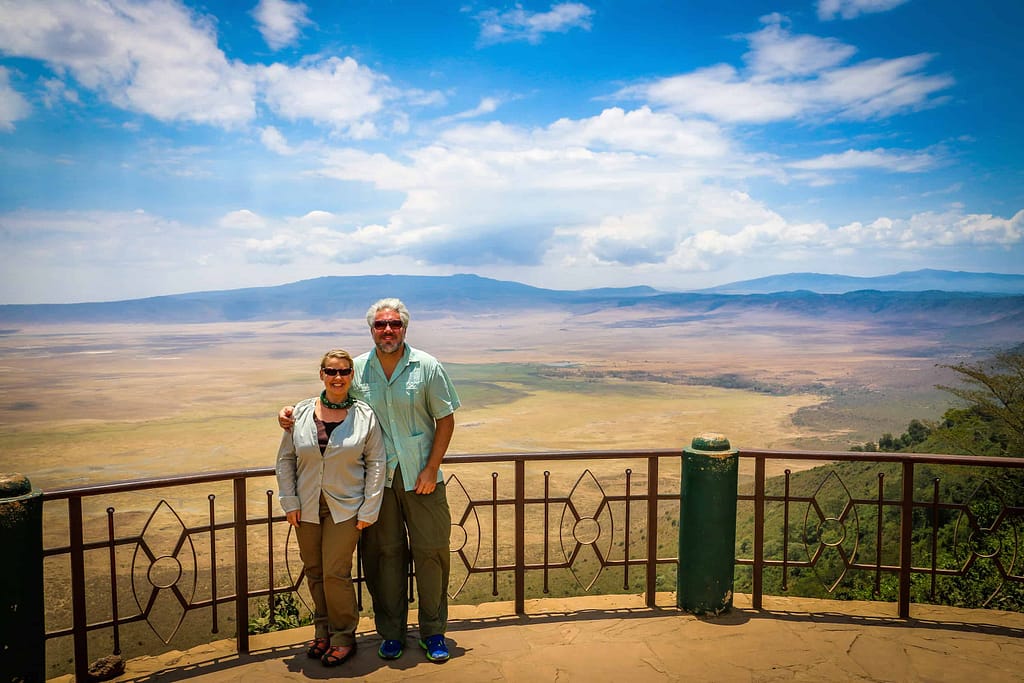
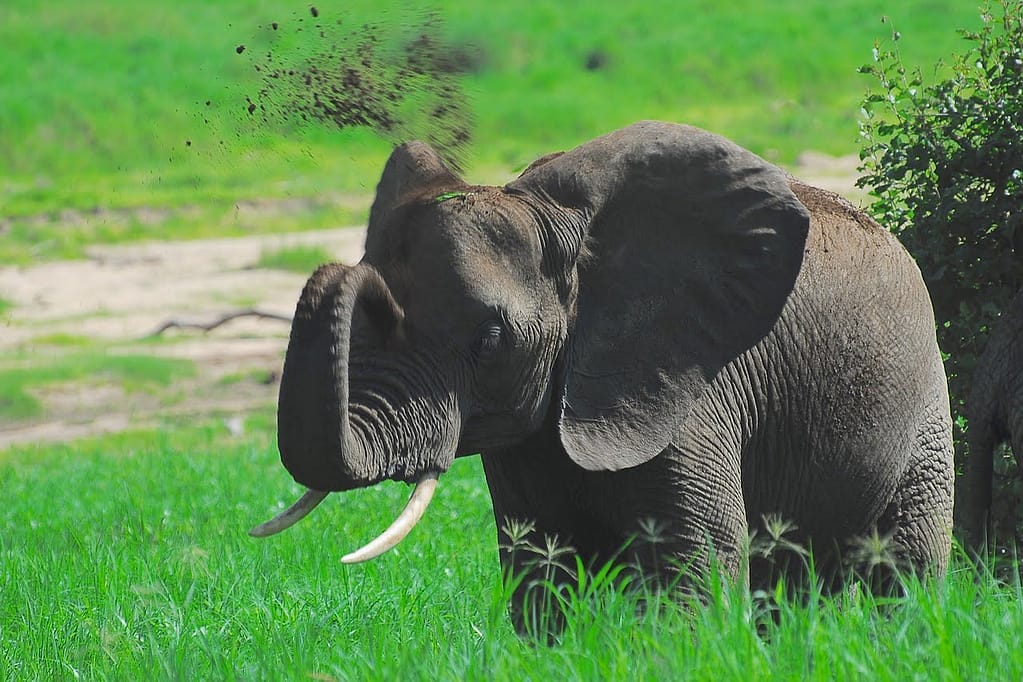
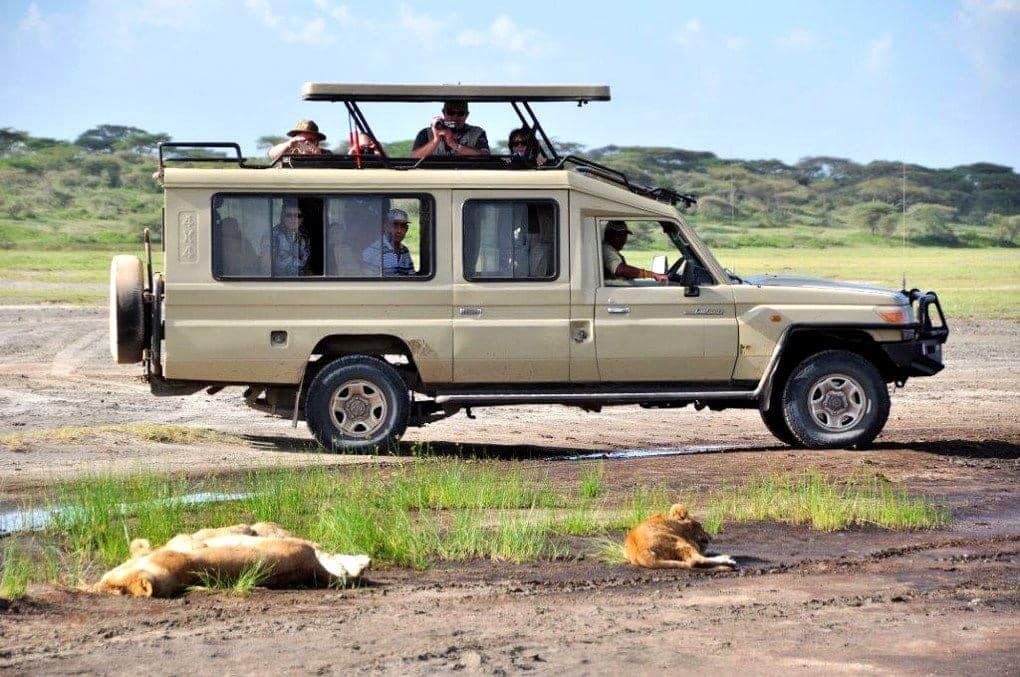
A Geological Marvel
Formation and Features
The Ngorongoro Crater, the world’s largest inactive volcanic caldera, was formed millions of years ago when a massive volcano exploded and collapsed. Spanning 260 square kilometers with a depth of 610 meters, the crater is a breathtaking geological marvel. Its floor is a rich mosaic of grasslands, swamps, lakes, and forests, creating a diverse habitat that supports a wide range of wildlife.
Stunning Landscapes
The crater’s rim offers panoramic views of the lush, green floor below, dotted with herds of animals and shimmering lakes. The diverse landscapes within the crater include the Lerai Forest, the Gorigor Swamp, and the alkaline Lake Magadi, each contributing to the area’s ecological richness.
Rich Biodiversity
Abundant Wildlife
Ngorongoro Crater is often referred to as “Africa’s Garden of Eden” due to its high concentration of wildlife. It is home to approximately 25,000 large animals, including the Big Five: lions, elephants, buffaloes, leopards, and rhinos. The crater floor provides a unique opportunity to see these magnificent creatures in a relatively small area.
Unique Species
In addition to the Big Five, visitors can encounter cheetahs, hyenas, wildebeest, zebras, hippos, and a variety of antelope species. The crater is also one of the best places in Tanzania to spot the endangered black rhino. The diverse habitats support an array of smaller mammals and reptiles, making every safari drive an exciting adventure.
Birdlife Extravaganza
With over 500 bird species recorded, Ngorongoro Crater is a birdwatcher’s paradise. The wetlands attract flamingos and other waterfowl, while the grasslands and forests are home to raptors, ostriches, and numerous songbirds. Birdwatching enthusiasts can look forward to spotting the kori bustard, crowned crane, and the striking augur buzzard.

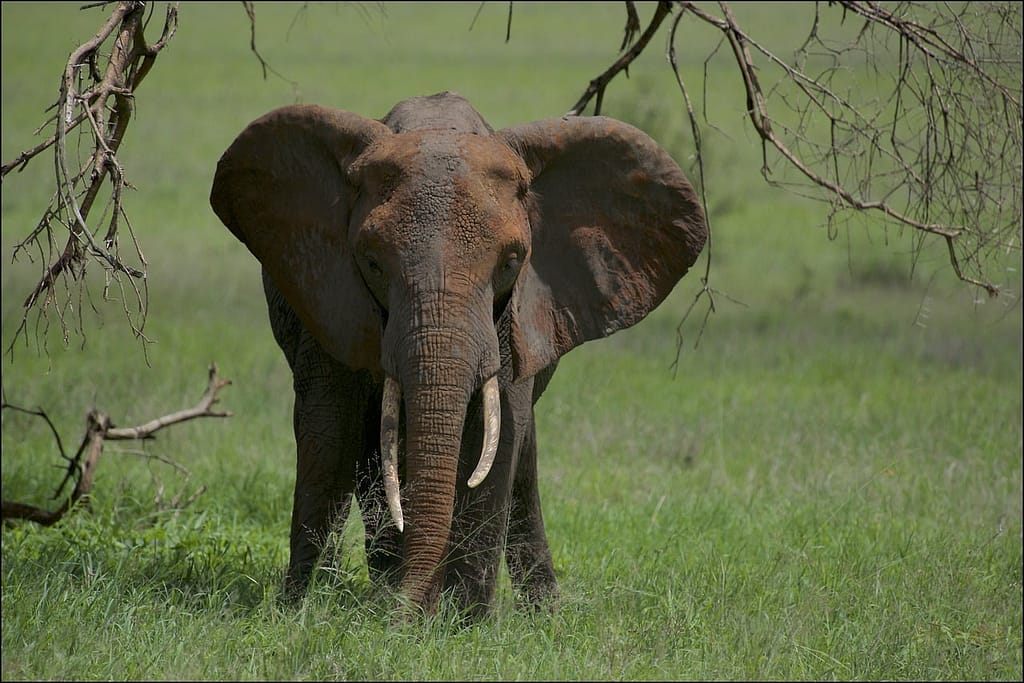
Cultural Heritage
Maasai Communities
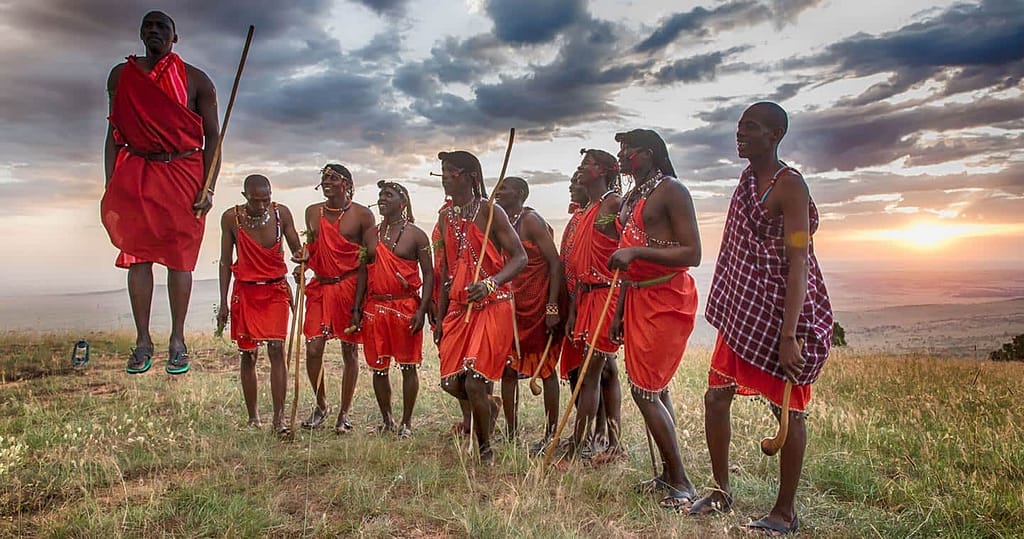
The Ngorongoro Conservation Area is not only a wildlife haven but also a cultural heartland for the Maasai people. The Maasai have lived in harmony with the wildlife for centuries, practicing traditional livestock herding. Visitors can engage in cultural tours to learn about the Maasai’s unique way of life, including their customs, dress, and traditional dances.
Olduvai Gorge
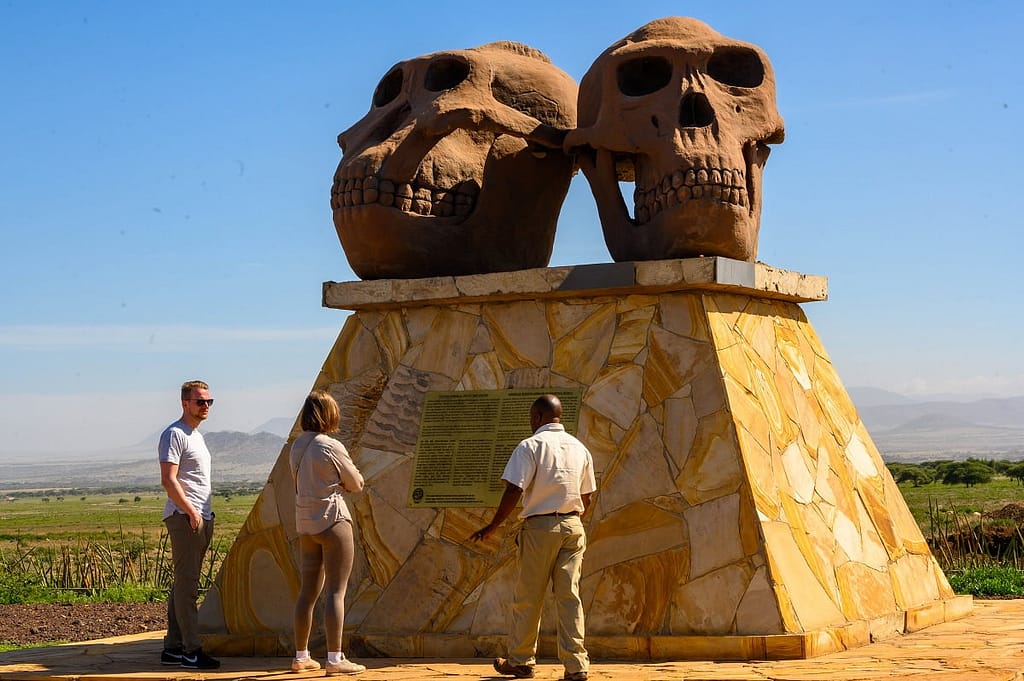
Located within the Ngorongoro Conservation Area, Olduvai Gorge is one of the most important paleoanthropological sites in the world. Often referred to as the “Cradle of Mankind,” it has yielded some of the earliest evidence of human ancestors. The site features a museum where visitors can learn about the discoveries and the history of human evolution.
Exciting Activities
Game Drives
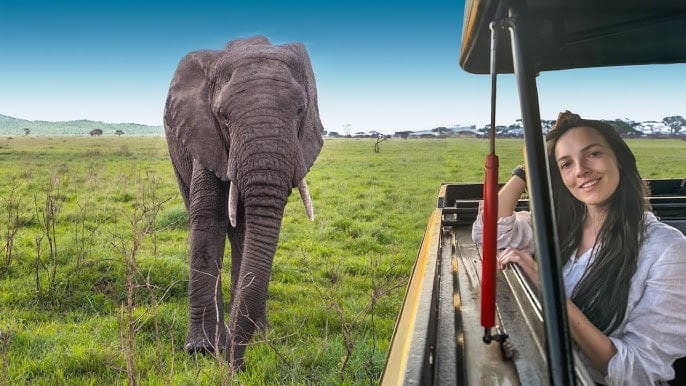
Game drives are the best way to explore Ngorongoro Crater and experience its abundant wildlife. Early morning and late afternoon drives are particularly rewarding, as animals are most active during these times. Guided by experienced rangers, visitors can gain insights into the crater’s ecology and the behavior of its inhabitants.
Walking Safaris
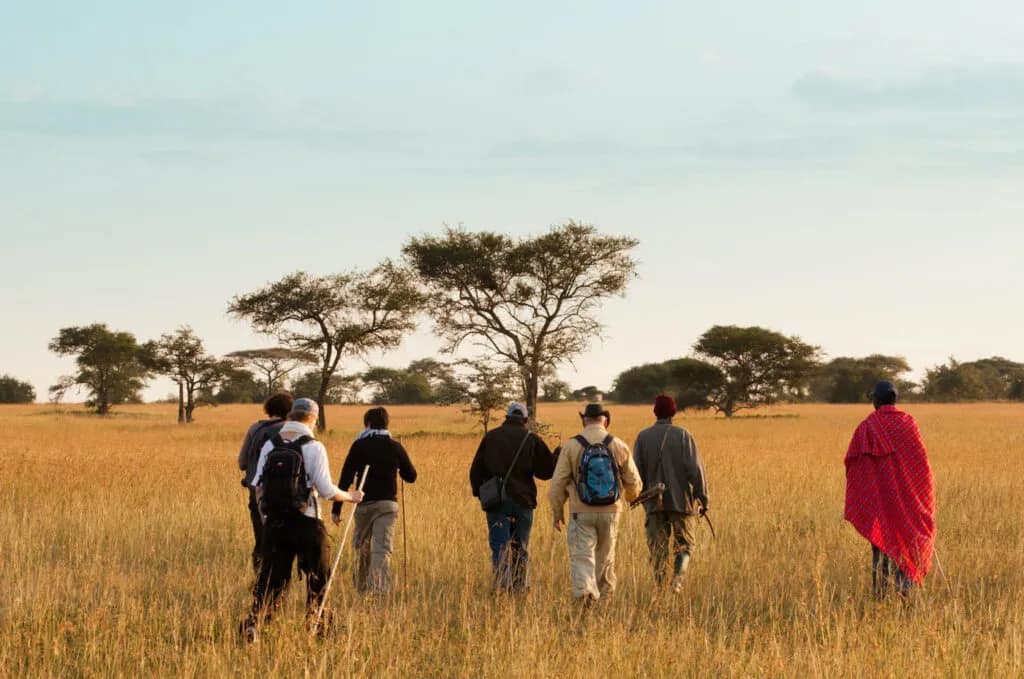
For a more intimate and thrilling experience, walking safaris are available around the crater rim and in the surrounding highlands. Accompanied by armed guides, these walks offer a unique perspective of the landscape and opportunities to see smaller creatures and plants often missed on game drives.
Cultural Tours
Engaging in cultural tours with the Maasai communities provides a deeper understanding of their traditional lifestyle. Visitors can visit Maasai villages, participate in daily activities, and learn about their symbiotic relationship with the environment and wildlife.
Best Time to Visit
Dry Season (June to October)
The dry season is the best time to visit Ngorongoro Crater for wildlife viewing. During this period, the vegetation is sparse, and animals gather around water sources, making them easier to spot. The weather is also more predictable, with warm days and cool nights.
Wet Season (November to May)
While the wet season brings lush landscapes and fewer tourists, it also offers unique experiences. The crater is vibrant with newborn animals during the calving season, and birdwatching is at its peak, with migratory species arriving. However, some areas may be less accessible due to rains.
Practical Information
Getting There
Ngorongoro Crater is accessible by road and air. Kilimanjaro International Airport (JRO) and Arusha Airport (ARK) are the main gateways. From there, visitors can take charter flights to nearby airstrips or enjoy a scenic drive.
Accommodation
The Ngorongoro Conservation Area offers a range of accommodation options, from luxury lodges and tented camps to budget-friendly campsites. Popular choices include Ngorongoro Crater Lodge, Ngorongoro Serena Safari Lodge, and Rhino Lodge, all providing breathtaking views and excellent service.
Conservation Efforts
Protecting Wildlife and Habitats
Conservation is a priority in Ngorongoro Crater. Efforts are made to protect the diverse wildlife and their habitats from threats such as poaching and habitat destruction. The Ngorongoro Conservation Area Authority (NCAA) works closely with local communities and international organizations to promote sustainable practices and wildlife conservation.
Community Involvement
Engaging local communities is essential for the crater’s long-term conservation success. Initiatives that support education, healthcare, and employment help build positive relationships between the conservation area and surrounding communities. Visitors are encouraged to learn about and support these initiatives during their stay.
Conclusion
Ngorongoro Crater is a natural and cultural treasure, offering visitors an extraordinary safari experience. Its rich biodiversity, stunning landscapes, and unique cultural heritage make it a top destination for any traveler seeking an authentic African adventure. Whether you are exploring the diverse wildlife, engaging in cultural tours, or simply soaking in the breathtaking views, Ngorongoro Crater promises an unforgettable journey. Plan your visit today and discover the magic of one of Africa’s most iconic natural wonders.
